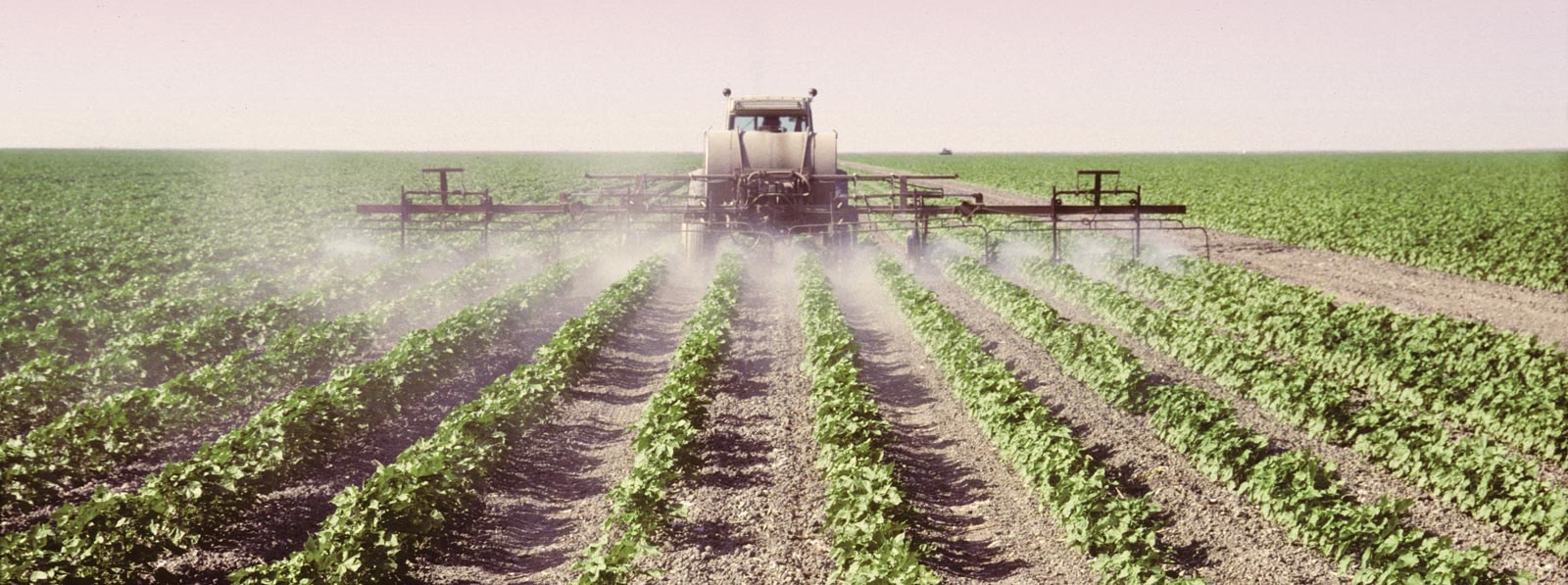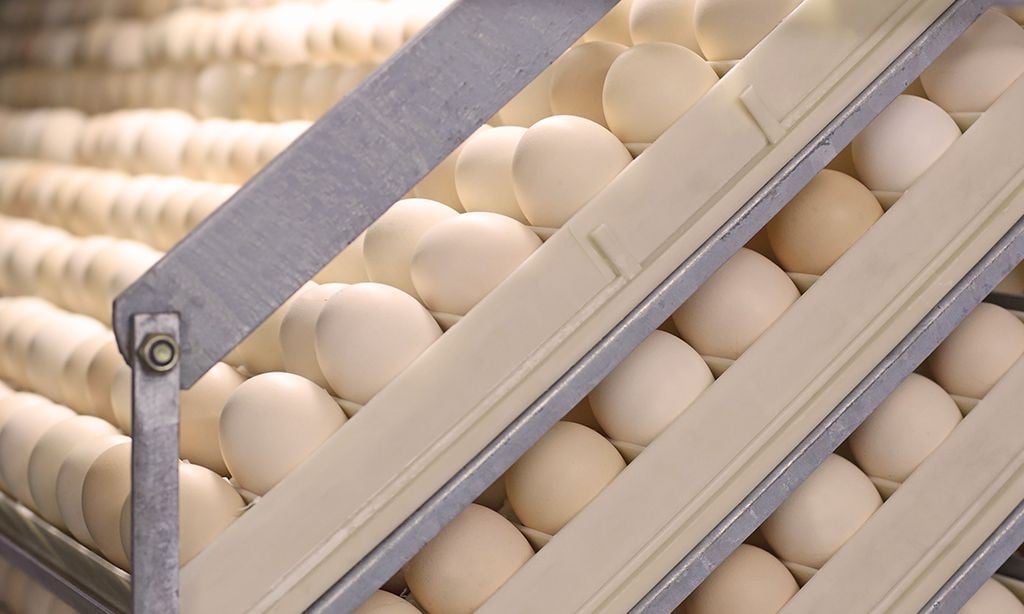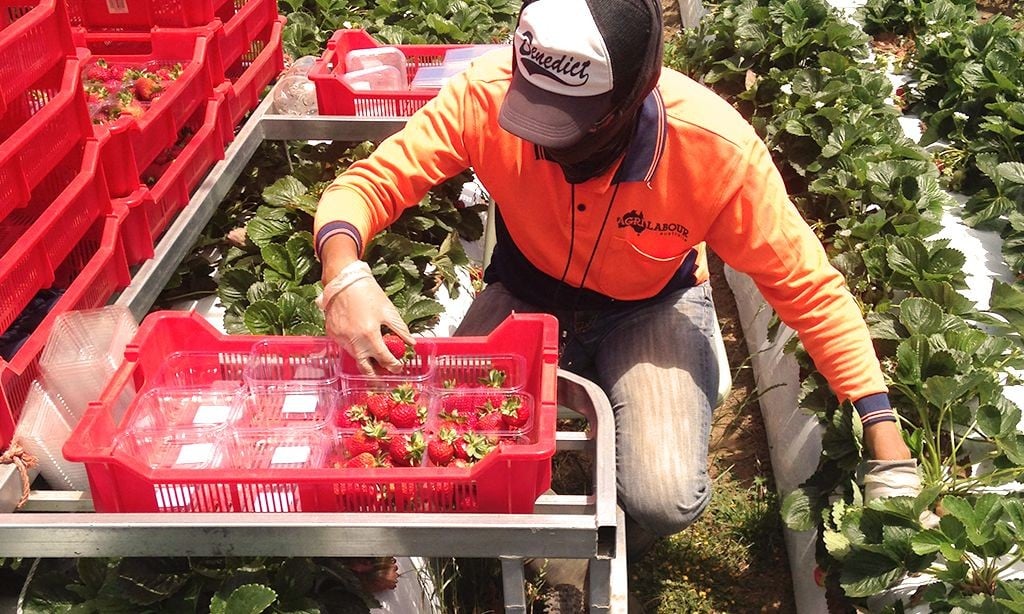Humans learned how to cultivate crops around 10,000 years ago. This massive step brought us from being primitive hunter-gatherers to being able to reliably grow food and textiles, live in villages and towns, and create lifestyles that involved a lot more than foraging.
From those early days until the mid-1700s, farming remained more or less the same. But thanks to the last two centuries of technological development, we now have everything from pesticides to GM crops – and of course robots.
These machines, whether we like it or not, play an ever-increasing role in food and fibre production. In the US,the agricultural workforce has already fallen from 40% to 2% of total employment over the last century.
Now imagine what it’ll be like in another hundred years.
Agriculture’s shrinking workforce
If history is anything to go by, we’re going to see a lot fewer people doing unskilled agricultural work over the coming decades.
And as their numbers decline, we’re going to see a movement of campaigners and lobby groups trying to prevent jobs from disappearing. This has already happened in the automobile industry.
You’d expect that agricultural labour hire and recruitment companies like Agri Labour Australia would be worried about what the future holds; after all, if there are no jobs, there’s no need for candidates or recruiters.
But actually, that’s not quite the case. We are of course concerned, but we’re more optimistic than worried.
This might surprise you, so let us explain.
Productivity means profit
First, let’s take a look at why we use machines and robots in the first place.
There’s one main reason: productivity. The most obvious reason to use machines is that they work faster and more reliably than people, which in turn makes them more profitable over the long term.
For example, poultry farming hasn’t seen much of a downside. Dedicated egg-collecting machines have brought automation to this traditionally labour-intensive role, which has helped free up farmers’ time and increase their margins.
Profitable farmers mean a healthy agricultural industry, and that’s a good thing. But at what cost?
Machines do replace workers, but not always for the reason you think.
Profit and productivity aren’t the only reason machines are replacing people – in Australia, many farming businesses use machines because the access to labour simply isn’t there, for example in fruit picking. There’s also the fact that in some agricultural roles, human hands bring the best results.
Without the required workforce available to them, farmers are forced to invest in machines. These machines might not give the same quality results, but they have no other choice.
What’s more, this equipment is prohibitively expensive for many smaller-scale producers, although they do reduce labour overheads in the long term. So we see family-run farms going out of business or being forced into costly equipment hire agreements that eat away at their margins.
A tough choice for farmers
To stay in the game, farmers therefore have a decision to make. Do they protect their human workers, or do they spend the money upfront and invest in technology?
One thing is for certain: as technology develops, the face of the agricultural workforce will have to change. There’s no use in fighting automation, so the only option is to embrace it, and to try to put ourselves on the right side of history.
Focus on what robots can’t do
There will always be roles that robots can’t fill. We may one day have machines that can hand-pick berries without damaging them, or that can pick the ripe fruit from the branch while leaving the unripe ones.
To meet the needs of farmers and the consumers they feed, the workforce will have to change what part of the supply chain it services. We may see more skilled workers who, instead of doing the actual picking, are operating the picking machines or grading the produce.
What we would like to see is an increase in semi-skilled and skilled roles, which will be great for the industry and the regions in which they operate. We are already suffering from a dire shortage of unskilled and semi-skilled staff, so any influx of better-qualified people will be great for rural communities.
We have to look at the future as an opportunity. We must invest in training and education for our producers and agricultural workers, and we must give them the knowledge and tools to embrace technology and meet the new demand for technically proficient staff.
An opportunity for change and growth
If you’d asked a 1960s office-job recruiter about computers, they would’ve told you that clerks were an indispensible part of the professional workforce. It’s true – they were.
But since then, we haven’t seen a generation of clerks go hungry because there’s no work for them. They up-skilled, learned how to use computers, and helped contribute to the further growth and evolution of clerical roles.
What about the human cost?
On the other side of the coin, we might take the example of the car industry replacing factory staff with robots. The loss of thousands of jobs is a real and painful truth, but we have to also consider that consumer trends and competitive performance rely on getting the most of out our manufacturing. Fighting these hard truths won’t make them untrue – it’s time that could be spent more productively.
Agriculture mustn’t follow this example. We need to be able to compete with other nations and continue making the best food and fibre we can – and we need to be able to sell it at a competitive price.
If this means that some of our manual roles become obsolete, there’s nothing we can do to fight it. Instead, let’s look at helping to further train and educate our unskilled staff so that their passion and skills can be put to use elsewhere in the supply chain.
The future is bright!
We see a future where robots and humans work in harmony. We mustn’t allow ourselves to fight progress in our industry. We should be at the forefront, providing the manpower that will drive Australian agriculture into the next era.







